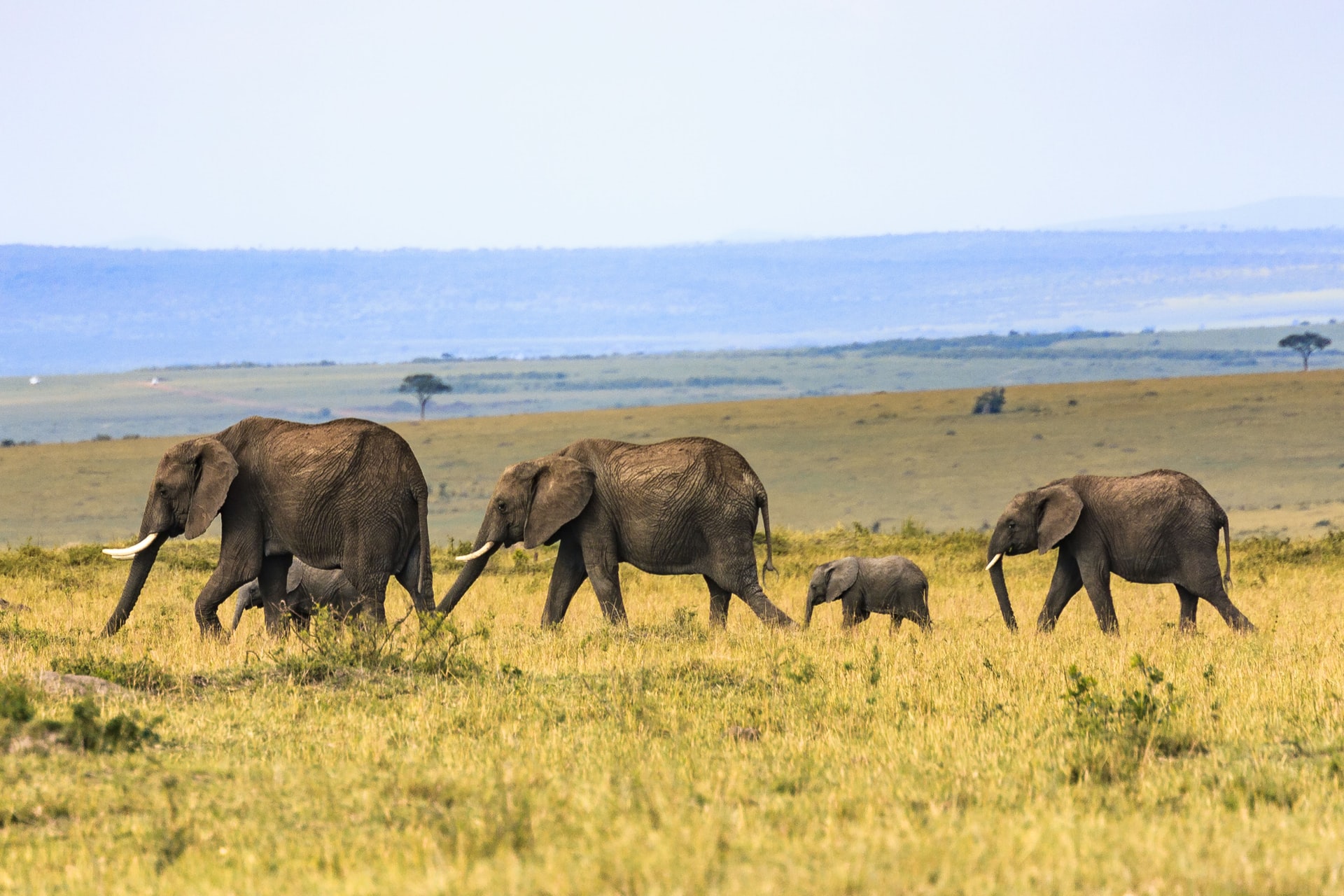The Kingdom of Eswatini is a small landlocked country which covers just over 17,000 square kilometers and is about the same size as Wales. It is arguably the smallest country in the Southern hemisphere, situated between the Republic of South Africa (RSA) and Mozambique at a latitude of 31 degrees, 30 minutes east of Greenwich and a longitude of 26 degrees, 30 minutes south of the equator. The country is often referred to as the Switzerland of Africa. It offers a magnificent mountain scenery with unique, ancient rock formations, which are a source of fascinations for geologists and scholars, as well as visitors.
The Kingdom comprises four topographical and climatic areas, which vary from 400 to 1800 metres above sea level., each with its own climate and characteristics. The mountainous highveld to the west comprises rivers, waterfalls and gorges and has a temperate climate of warm, wet summers and dry winters when the temperature can rise sharply during the day but with cold nights. Covering about 40% of the country. While this area is drought-prone, sugar is successfully grown commercially on a wide scale under irrigation. Cattle faming is also extensively carried out here.
The smallest region is Lubombo, which borders with Mozambique. This subtropical area is typified by mountainous scenery and abundant and animal life Mixed farming is the main activity here. The nearest harbour is at Maputo which is about 235 kilometres from Mbabane, the administrative capital and 200 kilometer from Matsapha, the country’s main industrial area.
The seasons are the reverse of those in the Northern Hemisphere with December being mid-summer and June mid-winter. Generally speaking, rain falls mostly during the summer months, often in the form of thunderstorms. Winter is the dry season. Annual rainfall is highest on the Highveld in the West, between 1000 and 2000 mm depending on the year. The further East, the less rain, with the Lowveld recording 500 to 900 mm per annum. Variations in temperature are also related to the altitude of the different regions. The Highveld temperature is temperate and, seldom, uncomfortably hot while the Lowveld may record temperatures around 40 degrees in summer. Eswatini is a year-round destination with plenty of sunshine. Whatever your favourite activity; hiking, pony-trekking, golf, it may be enjoyed at any time. There are, however, a couple of points to note. The vegetation in Nature Reserves is at its thickest during the summer months and those keen on game viewing should visit during winter. On the other hand, bird watchers are advised to visit Eswatini during the summer months as some species are migratory and the greatest number of birds will be seen at this time.
The average temperatures at Mbabane, according to seasons:
September – October 18 degrees Celsius
November – March 20 degrees Celsius
April – May 17 degrees Celsius
June – August 13 degrees Celsius
Eswatini’s topography varies from east to west. The highest point being the pick of Bulembu mountain 1200m above sea level and the lowest is the Usuthu river at 20m above sea level. This huge altitude difference provides good scenic spots and drive ways.
Eswatini though very small in size has four different regions determined by altitude. In all four regions, there are different life styles. It is quite interesting to stay on the eastern part of the country and learn a day to day home activities. Migrating to the west or centre of the country one fills like he is on a different country.
Along the eastern border with Mozambique is the Lubombo, a mountain ridge, at an altitude of around 600 meters. The mountains are broken by the gorges of three rivers, the Ngwavuma, the Usutu and the Mbuluzi. This is cattle ranching country.


The Highveld, along the western border of the country, with an average altitude of 1200 meters, lies on the edge of the escarpment. Between the mountains rivers rush and tumble through deep gorges making this a most scenic region. Mbabane, the capital, is located on the Highveld.
Spectacular views may be enjoyed out over the Middleveld, lying at an average 700 meters above sea level. This is the most densely populated region of Eswatini with a lower rainfall than the mountains. Manzini, the principal commercial and industrial city, is situated in the Middleveld.
The Lowveld of Eswatini, at around 250 meters, is less populated than other areas and presents a typical African bush country of thorn trees and grasslands. Development of the region was inhibited, in early days, by the scourge of malaria.
Copyright © 2021 | All rights reserved